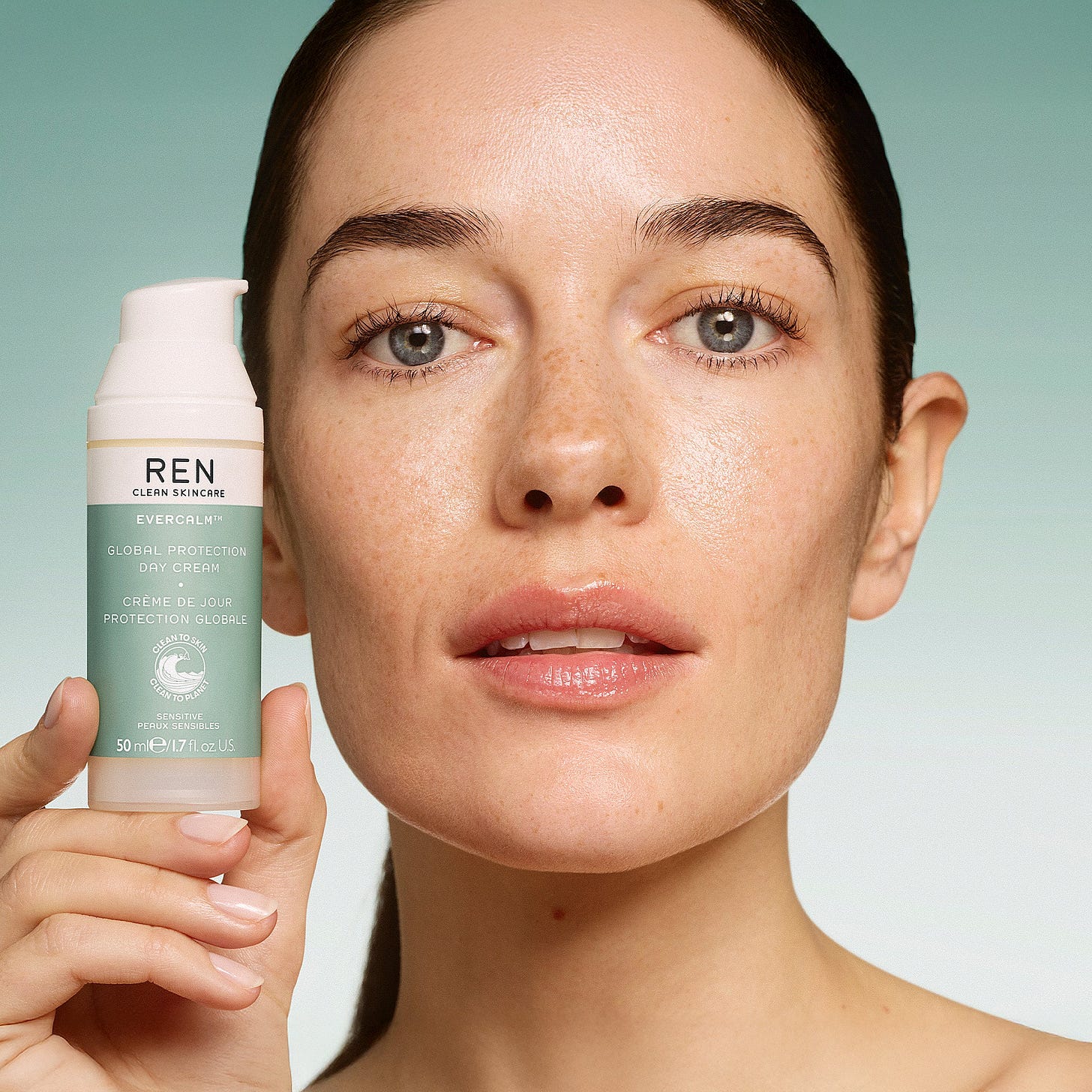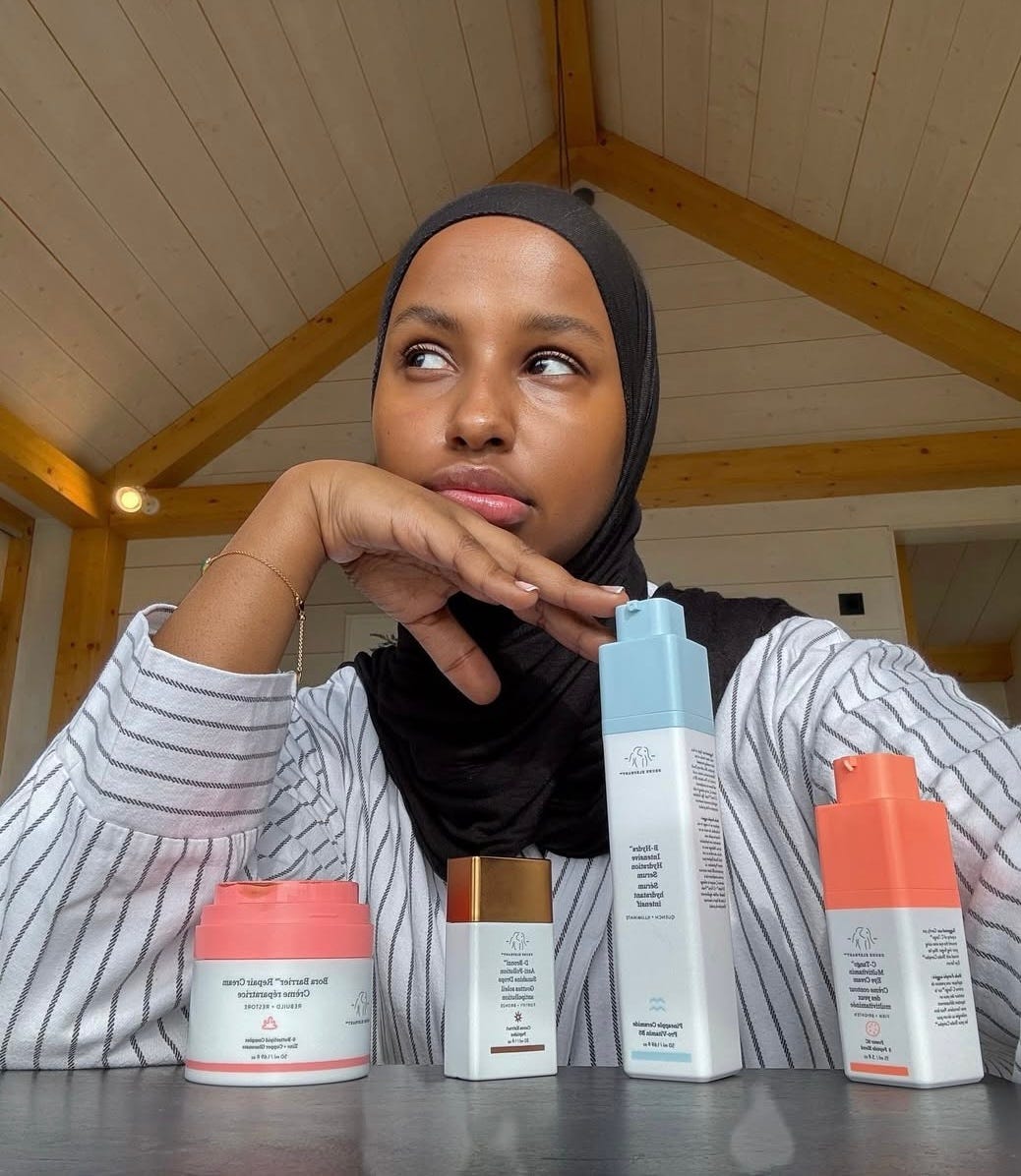“Who will buy this?”
It’s a question I hear and ask myself often during pitch reviews. Especially now, with venture liquidity playing one long game of hard to get.
Put simply, VC funds make money when a portfolio company sells at a higher price than what they paid. That could be an IPO, a sale to a strategic, or even a roll-up. Until then, these investments are marked up on paper.
With depressed M&A and IPO activity, investors and limited partners (investors in investors) are clamoring for lucrative exits to recover some of the cash they’ve put to work over the years.
The answer to “Who will buy this?” i.e., how will I eventually generate a return on my investment evolves due to a myriad of economic factors, including interest rates, inflation, industry cycles, etc. The best founders and leadership teams track this closely.
Today, we’re looking at how this translates to CPG. Uncertain markets typically force legacy consumer brands to review and refine their M&A strategies. Now is one of those moments.
Welcome to Shelf Life, a three-part series about what M&A reckoning and business restructuring look like for CPG conglomerates. Plus, why it matters for smaller brands looking for a strategic sale down the line.
You Can Expect:
An overview of why legacy players will audit their brand portfolio and recalibrate on M&A strategy
Why divestitures shouldn’t be overlooked, even when acquisitions dominate headlines
Three case studies delivered in three parts, with case study #1 on Shiseido below
Key takeaways/what this all means going forward
Let’s Get Started
The U.S. is not currently in a recession, which is defined as two consecutive quarters of negative GDP growth. However, the whipsaw of tariffs and the threat of a broader trade war have fueled concerns of an economic slowdown.
When you’re staring tariffs in the face at 30-145% (if you can even keep track), it’s time to assess the financial health and formidability of a business. This includes having a clear sense of which brands are the key growth drivers versus laggards.
Church & Dwight, for example, has seven “power brands” which together comprise 70% of CHD’s sales and profits. These include Arm & Hammer, Hero, Oxi Clean, and a few others. While companies like Estee Lauder are struggling, five of CHD’s seven power brands gained market share last year.
CPG houses are always looking for their next “power brand” with inelastic demand, made to endure any economy.
But identifying the winners is only half the equation.
In today’s market, where every dollar is scrutinized, legacy players aren’t just asking what brands to back; they’re asking what brands to cut. Creating room for a new power brand sometimes means letting go of the ones that no longer fit the future strategy.
M&A isn’t just about buying; it’s also about knowing what (and when) to sell.
This is where restructuring enters the picture. What companies choose to divest, shut down, or spin off is just as revealing as what they choose to buy. Together, these decisions shape a portfolio that can weather volatility and signal long-term priorities to investors and competitors alike.
Here’s what we’ve seen in recent weeks against this economic backdrop, and served as inspiration for this series.
The Long Game
When we talk about M&A, it's easy to focus on big-ticket acquisitions. But the smartest companies are playing both offense and defense, restructuring their portfolios with a combination of divestitures and targeted buys.
Why Companies Divest in Bearish Markets:
Cost discipline: Cutting underperforming or non-core brands helps streamline operations and reduce overhead
Strategic clarity: Selling off distractions/non-core assets allows companies to focus on their core competencies and higher-growth areas
Unlock value: Brands that no longer fit internally may thrive under new ownership that can better manage them
Why Companies Acquire in Bearish Markets:
Disciplined growth: Fewer “Hail Mary” deals
Creative structuring: Earn-outs and milestone-based payments mitigate purchase price risk (Hello, Touchland & Rhode)
Strategic stacking: Category consolidation or filling whitespace in a portfolio
Don’t just track what your dream acquirers are buying. Look at what they’re letting go. That tells you where the market’s headed.
Case Study #1 of 3: Shiseido
Back in 2021, in response to the volatile business environment due to COVID-19, businesses like Japanese beauty company Shiseido became hyper-focused on profitability and cash flow management. With slower economic activity and broken supply chains, Shiseido was forced to craft a medium and long-term plan to strengthen its financial viability.
While some of Shiseido’s skincare brands (Shiseido, Clé de Peau Beauté, Drunk Elephant, etc.) achieved double-digit growth in 2021, the company lacked the resources and competitive advantage to improve certain cosmetic brands. Broadly, Shiseido has garnered a strong consumer base and built great products, but managing those businesses conflicted with the stronger growth they were seeing in skin.
Seeing where the growth opportunities were, Shiseido announced its long-term goal, “to become a global leader in skin beauty by 2030.” In the Company’s public filings and investor presentations, it harps on “skin beauty” becoming Shiseido’s core category. This is also where the competitive advantage lies.
Actions taken over the past four years have demonstrated Shiseido’s disciplined approach toward becoming this global skincare leader. Check out the timeline below.
2021
Sold BareMinerals, BUXOM, and Laura Mercier to private equity group Advent International. The three brands have since been rolled up into Orveon Global, a premium cosmetics holding company
Transferred its personal care business to CVC Capital Partners. The personal care business is now a joint venture with Shiseido as a shareholder (35%) and CVC as the majority owner
Terminated its global licensing agreement with Dolce & Gabbana
2022
Acquired Gallinée, a UK-based microbiome skincare brand. Gallinée offers a unique science-backed integration of skin and inner beauty
2023/Q1 2024
Acquired Dr. Dennis Gross Skincare, which filled a derma-medical whitespace in the portfolio
If you’re paying attention, it’s clear: Shiseido is optimizing for skin. The company has been methodically reshaping its portfolio, exiting non-core categories and reallocating resources toward skincare, where it sees both competitive advantage and long-term growth.
But even with that focus, Shiseido hasn’t been immune to market headwinds. The company reported an 8.5% decline in Q1 sales, with the previous breakout brand Drunk Elephant down 65% year-over-year.
Shiseido isn't alone in facing these challenges. Estée Lauder has also struggled with slowing sales, reinforcing the idea that strategic focus helps, but doesn’t fully shield a brand from broad-based consumer pullbacks.
Still, that doesn’t invalidate the strategy. If anything, it raises the bar: in a tougher economy, brands that survive need to justify their place even more convincingly. For Shiseido, the path forward likely means doubling down on innovation, differentiation, and global skincare leadership, even if the next few quarters are rocky.
This case illustrates a key M&A takeaway. Divestitures aren’t just reactive, they're often proactive moves to position a business for resilience. What a company sells tells you just as much about its direction as what it buys.
Shiseido is looking for brands that will help it become a global leader in skin beauty. Especially those made to endure a challenging economy.
That presents a real opportunity for skincare companies with strong fundamentals and clear differentiation. But for brands rooted in color cosmetics, Shiseido may not be the most natural strategic fit right now.
Thanks for reading part one of Shelf Life. What’d you think?
Up Next: Case Study #2 on Unilever, and the company’s determination to move away from mass into premium brands.







